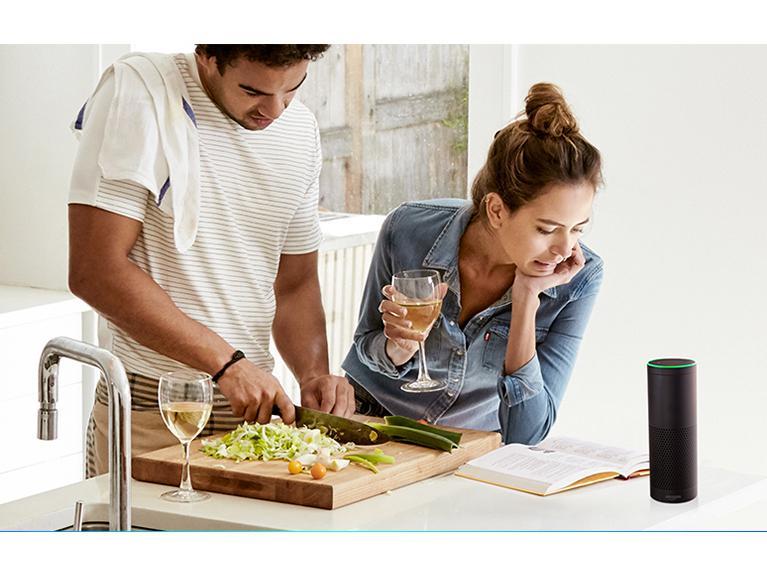Study: More shoppers to participate in ‘voice commerce’
As the adoption of voice-controlled devices rises, so will the number of voice-enabled purchases.
This was according to “Walker Sands 2017 Future of Retail Study.” The report, which was conducted in late March, surveyed 1,622 consumers across the United States.
Nearly one in five consumers (19%) have made a voice purchase through an Amazon Echo or other voice-controlled device in the past year. Another 33% plan to do so in the next year.
With 46% of consumers reporting they prefer to shop online rather than in store, retailers face pressure to offer intuitive, responsive and personalized customer experiences, or risk missing out on sales. The introduction of channels, such as mobile and voice commerce, have created a tipping point, and more than three-quarters of shoppers (77%) now think the online customer experience will eventually surpass the brick-and-mortar customer experience, the study reported.
“In the age of the connected consumer, e-commerce has become about much more than online shopping or the point-of-sale,” said Dave Parro, partner and VP at Walker Sands.
“The proliferation of technology such as connected home devices, voice ordering and drones have dramatically shifted consumer expectations of retail,” he said. “Our findings suggest that the in-store experience is not going away, but rather there is a demand for a holistic commerce experience that is consistent, transparent and multichannel.”
The drivers of this new retail experience are:
• The Connected Consumer: Connected devices are an integral part of the consumer lifestyle, providing an endless variety of products and services available at the click of a button or with a simple voice command. While smartphone penetration has reached an all-time high (78%), emerging device adoption is also on the rise. For example, 27% of consumers now own some kind of in-home smart device, 24% own a voice-controlled device, such as an Amazon Echo or Google Home, and 18% own wearable fitness trackers. Meanwhile, 13% own a virtual headset and 9% own a personal drone.
• Connected Commerce: Increased comfort with digital shopping has pushed e-commerce to new levels, and technologies like voice-driven commerce introduce a new layer of complexity for brands and retailers. Nearly a third of consumers (29%) shop online at least weekly, a number that jumps to 37% for Millennials. Sixty-six percent (66%) of consumers have made a purchase through a mobile app in the past year, and one in four consumers report they always or often shop via mobile app; 38% shop regularly on mobile websites.
• The Changing Customer Experience: The “always-on” nature of Amazon has created a culture driven by speed and price. Free (80%) and fast shipping (54%) remain the top incentives for consumers to purchase more online. Still, in-store shopping remains an important part of the experience for the youngest generation of shoppers (ages 18-25), and a majority (58%) prefer to shop in a physical store (compared to less than half of 26-45 year old consumers).
“The walls between channels will continue to fall as voice-controlled and connected home devices reach widespread adoption and the commerce experience becomes fluid,” said Erin Jordan, account director and lead of the retail technology team, Walker Sands. “Brands and retailers need to understand the always-on nature of consumers and identify the best way to add value through a consistent experience.”


